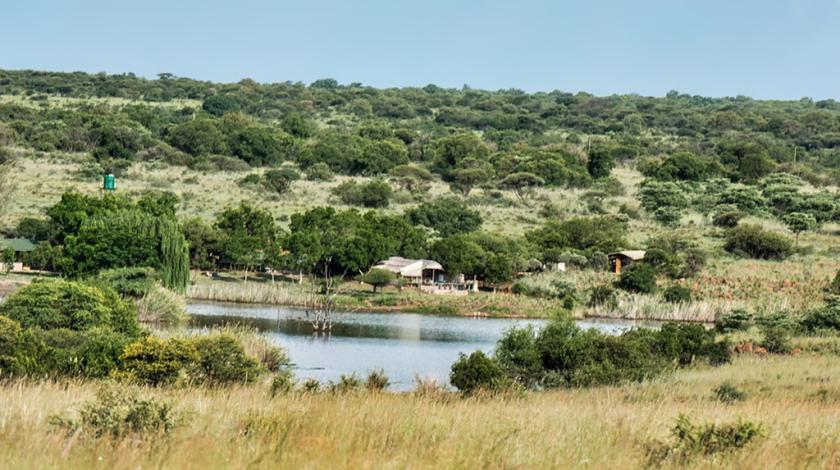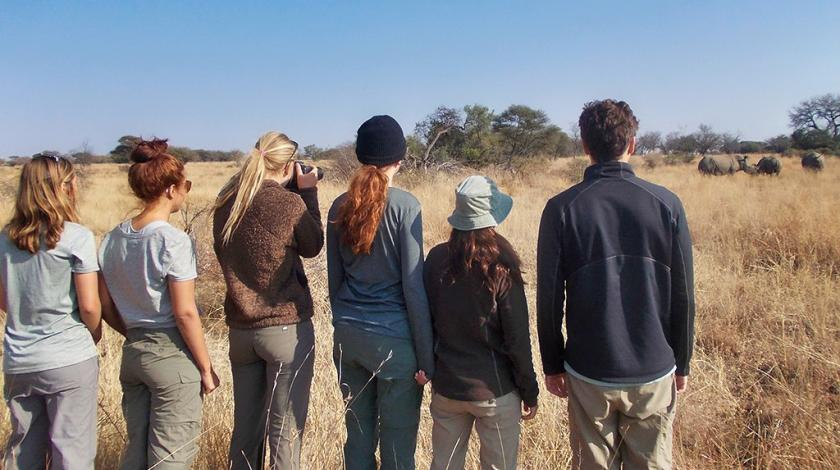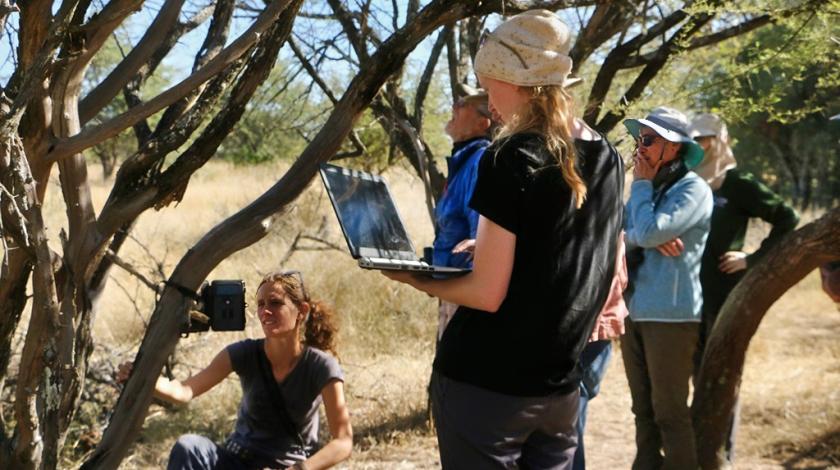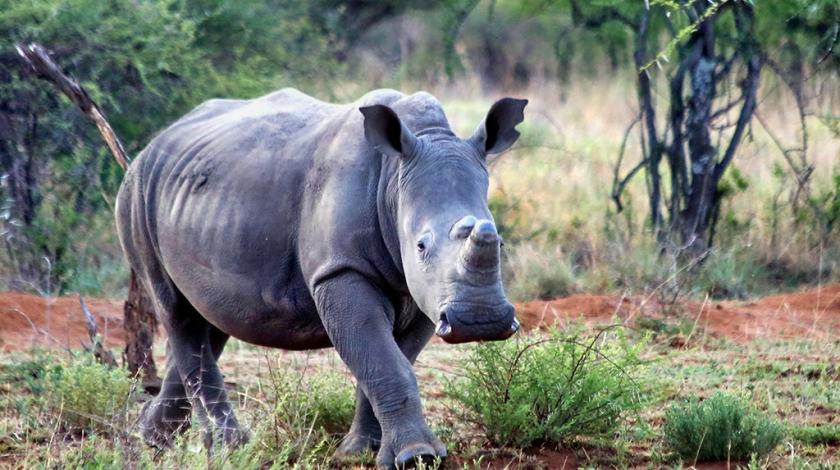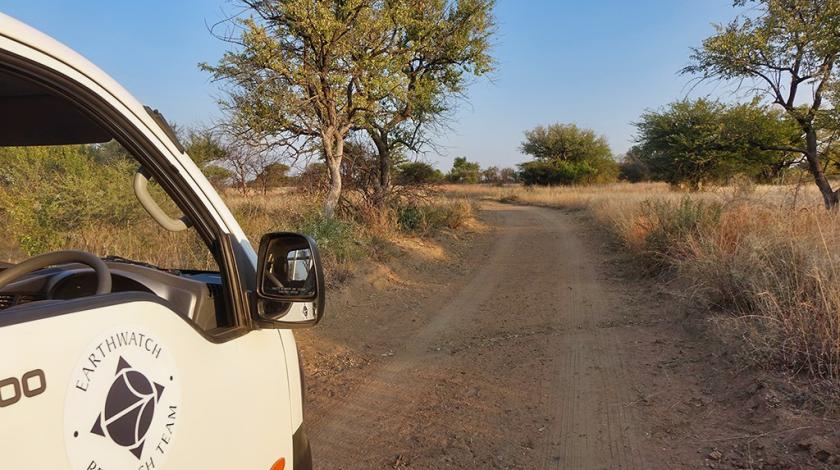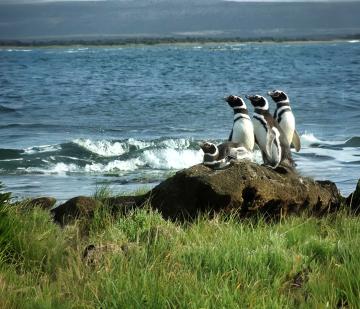BOOK WITH A $500 DEPOSIT
Conserving Threatened Rhinos in South Africa
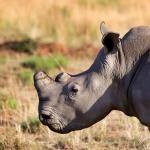
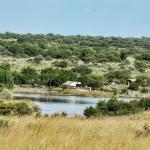
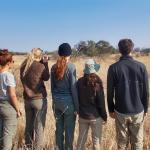
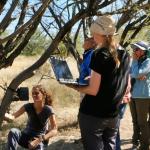

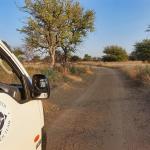

Rhino populations are declining at an alarming rate. Help scientists to understand their behavior and habitat preferences and optimize approaches to help conserve and manage rhinos in South Africa.
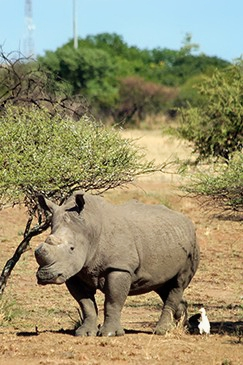 On the black markets in Southeast Asia, rhino horn is reported to be worth more than gold. As a result, widespread poaching has decimated rhino populations around the world, including in South Africa—home to three-quarters of the world’s rhino population. The situation is urgent: if poaching continues at its current rate, it is estimated that rhinos may become extinct within the next 20 years.
On the black markets in Southeast Asia, rhino horn is reported to be worth more than gold. As a result, widespread poaching has decimated rhino populations around the world, including in South Africa—home to three-quarters of the world’s rhino population. The situation is urgent: if poaching continues at its current rate, it is estimated that rhinos may become extinct within the next 20 years.
You’ll join scientists in a wildlife reserve in South Africa to create a robust anti-poaching plan to protect the reserve’s population of white rhinos. You’ll help collect data on rhino locations, behavior, and habitat use. This work will allow researchers to best understand where rhinos are most likely to be found within the reserve—information critical to effectively protecting these unique animals from poachers. Additionally, you’ll help reserve staff practice their responses to poachers in “simulated poacher incursions,” allowing them to test and compare methods of locating poachers within the reserve and find the fastest method to respond to poaching threats. These data will allow scientists to update the reserve’s current management approaches to reduce risks to rhino populations. Beginning in 2023, volunteers will also help to address questions such as: Are sound deterrents that emit high frequencies effective at keeping rhinos from entering areas of high poaching risk? How do rhinos respond to the warning calls of other bush animals?
Observe rhino daily either from a game viewer or on foot while observing many other species of South African wildlife—study rhino behavior, record their GPS locations, and monitor their feeding habits. Through these activities, you will inform efforts to conserve and manage rhino populations in South Africa.
.
A Typical Itinerary
- Day 1: Meet, travel to field site
- Day 2: Orientation, training
- Days 3–7: Vegetation surveys, rhino monitoring, simulated poacher incursions
- Day 8:Recreational day excursion to a nearby National Park
- Days 9–10: Vegetation surveys, rhino monitoring, simulated poacher incursions
- Day 11: Research wrap-up, farewell gathering
- Day 12: Departure
.
.
HOW YOU WILL HELP
.
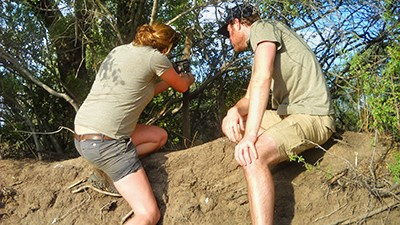
RHINO MONITORING AND BEHAVIOR
Find and record locations of individual rhinos to assess their geographic distribution; observe and record their behavior.
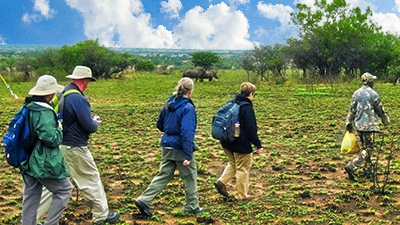
SIMULATED POACHER INCURSIONS
Assess different methods of locating poachers within the reserve, including on-foot and drone-based surveys.

Vegetation surveys
When the animals move off foraging sites, record the vegetation in the area to assess habitat use.
.
In the evenings, you’ll head back to the field station for dinner, an informal talk by the researchers, and time to relax.
Field conditions and research needs can lead to changes in the itinerary and activities. We appreciate your cooperation and understanding.
.
.
FEEDBACK & QUESTIONS
.
16 Reviews on this Expedition
GET EARTHWATCH NEWSLETTER
Bi-weekly announcements, new expeditions, and updates on our impact around the globe.

